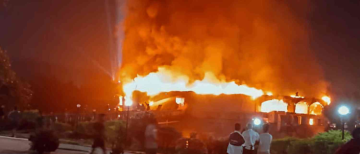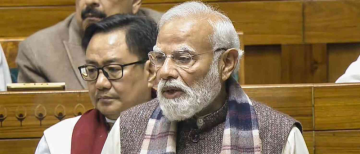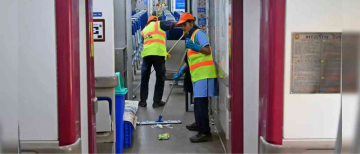In recent years, India, particularly Delhi, has witnessed a troubling trend: a sharp spike in bomb hoaxes targeting schools and colleges. What began as sporadic incidents has now turned into an alarming trend, leaving students, parents, educators, and authorities on edge.
Since January 2025 alone, over 150 schools and colleges in Delhi-NCR have received threatening emails, often claiming bombs had been planted in classrooms, auditoriums, buses, or staff rooms. Each time, schools have had to evacuate thousands of children while police, bomb disposal squads, fire brigades, and cybercrime units rushed in to neutralise potential dangers.
While none of these threats have been real, the panic they create is very real sirens, parents rushing to campuses, emergency drills, and disruption of classes. The repeated hoaxes not only waste valuable resources but also leave behind psychological scars on children and parents.
So why are Indian schools, particularly in Delhi schools, seeing such a spike in fake bomb threats? What are the reasons, impacts, and possible solutions to this growing menace?
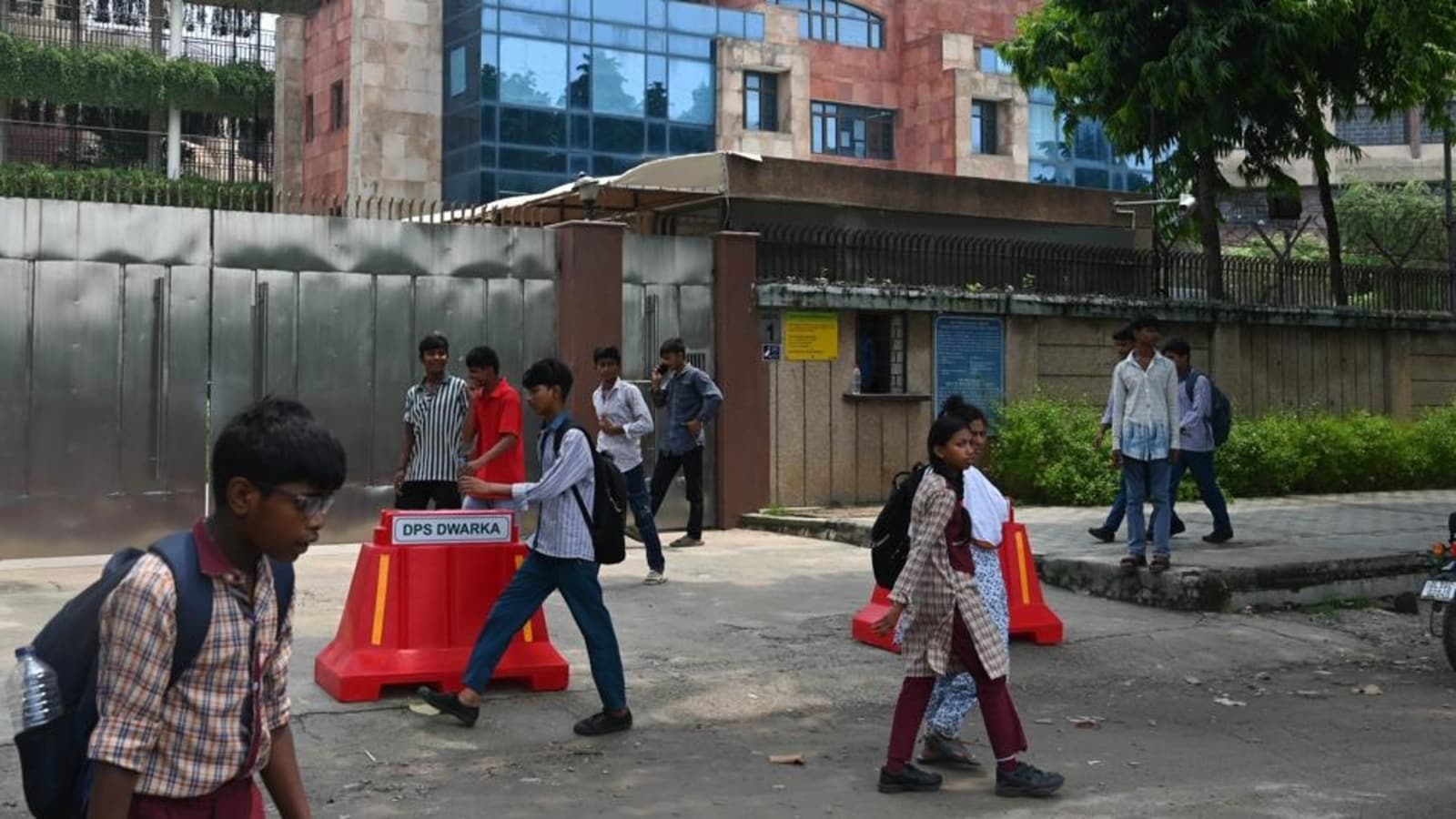
The Escalating Wave of Bomb Hoaxes
Repeated Waves of Threats
The current wave of hoaxes has escalated alarmingly:
-
January 2025: The year began with bomb threat emails sent to more than 10 prestigious schools, including DPS Vasant Vihar, Amity School in Saket, Salwan Public School, and Modern School in Vasant Vihar.
-
February 2025: Within a month, schools in Noida and Mayur Vihar received similar threats. Colleges like Ahlcon International, Shiv Nadar School, and St. Stephen’s College were also targeted.
-
July 2025: A massive wave of threats hit over 55 institutions, including Navy Children’s School, CRPF schools, St. Thomas School, and Delhi University’s colleges like St. Stephen’s and SRCC. On July 18 alone, more than 45 schools were targeted in Rohini, Dwarka, Pitampura, Paschim Vihar, and South Delhi.
-
August 2025: The scare grew bigger. On August 18, 32 schools were targeted, most of them in Dwarka. Just two days later, on August 20, another 50 schools, including Rahul Model School, Maxfort School, and SKV Malviya Nagar, were evacuated. By late August, the tally had crossed 150 schools for the year.
By mid-August 2025, more than 150 schools in Delhi-NCR had been targeted in just 8 months, making it one of the biggest waves of school-related hoaxes India has ever seen.
In many cases, the threatening emails were identical and signed by a mysterious group calling itself “Terrorizers 111.” They claimed to have planted high-yield explosives and demanded cryptocurrency payments in exchange for sparing the children.
One email demanded $2,000 in Ethereum, threatening to detonate bombs and release stolen school data if payment was not made. Another demanded $5,000, while a similar hoax in December 2024 demanded $30,000.
The sheer frequency of these threats has overwhelmed law enforcement agencies. According to Delhi Police, over 25 cases were registered last year, but only a handful were solved. In 2025, the numbers are even higher, with only one case cracked so far.
Similar Pattern of Execution
Authorities noted a striking pattern:
-
Emails are often sent early in the morning (between 6:30 am and 8:30 am), just before schools start.
-
Most of the hoaxers have been using Virtual Private Networks (VPNs) to mask their location and avoid being tracked. This makes tracing the origin of the threat extremely difficult for cybercrime units.
-
Some emails contain cryptocurrency ransom demands, from $2,000 in Ethereum to as high as $30,000 in 2024 incidents.
-
The threats usually come from groups calling themselves names like “Terrorizers 111”, claiming they planted C4 explosives and timed charges across campuses.
-
Messages often include dramatic warnings like compromising IT systems, hacking CCTV cameras, and threatening mass casualties if instructions are ignored.
-
Surprisingly, some culprits have turned out to be children.
-
In one case, a student emailed a threat to his school simply to avoid an exam.
-
In another case, a 12-year-old boy confessed he wanted schools to shut down and randomly added school email IDs while sending threats. Both were caught easily because they hadn’t used VPNs.
-
-
In one incident, a single email was tagged to over 380 recipients, affecting more than 60 schools simultaneously. This shows how a single hoax can cripple an entire city’s school system in minutes.
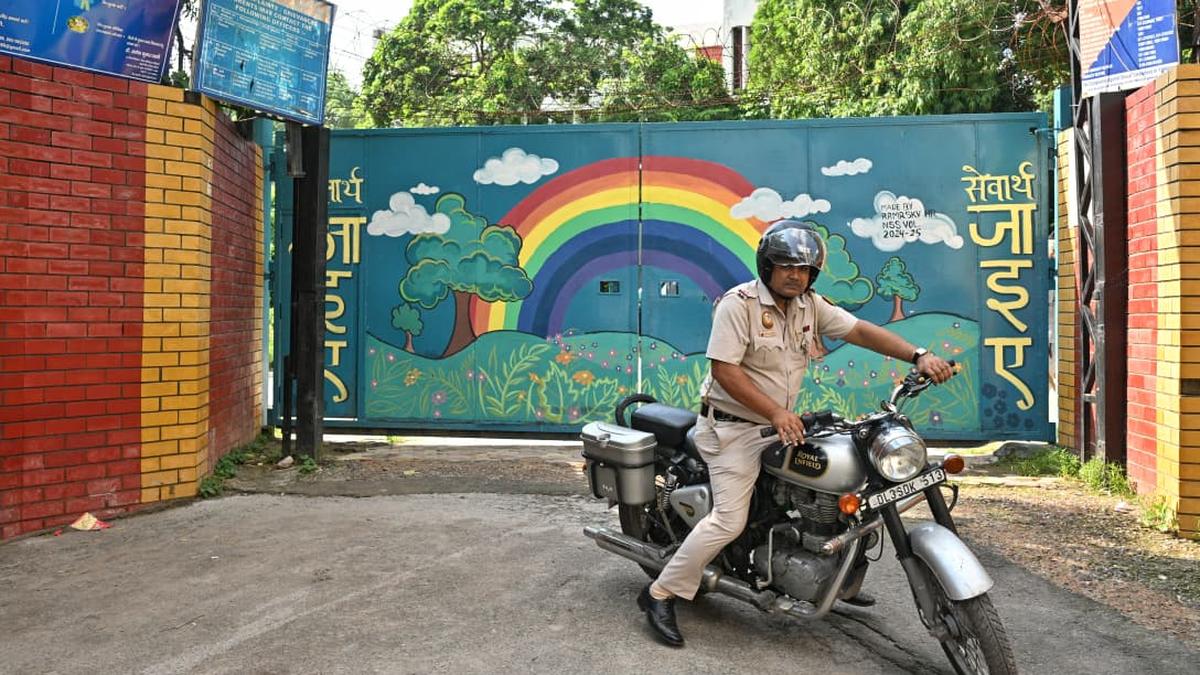
The Impacts of Repeated Bomb Hoaxes
1. Fear and Trauma Among Children
Evacuations, sirens, and the sudden disruption of daily life can leave children anxious and traumatised. Psychologists warn that repeated exposure to such scares may cause long-term fear of schools or public spaces.
2. Parental Panic and Distrust
Every time such a threat surfaces, parents rush to schools in panic, sometimes crowding gates and worsening the chaos. Repeated incidents erode trust in institutions and raise questions about school safety.
3. Disruption of Education
Entire school days are lost. Examinations get postponed, classes are interrupted, and learning schedules are disrupted. With repeated hoaxes, hundreds of thousands of student-hours are wasted.
4. Strain on Security and Emergency Services
Each hoax mobilises large police forces, bomb disposal squads, sniffer dogs, fire brigades, ambulances, and even cybercrime teams. This diverts critical resources from real emergencies.
5. Economic Costs
Beyond manpower, these hoaxes drain public funds—fuel for fire trucks, specialised equipment, overtime for police, and psychological counselling for children.
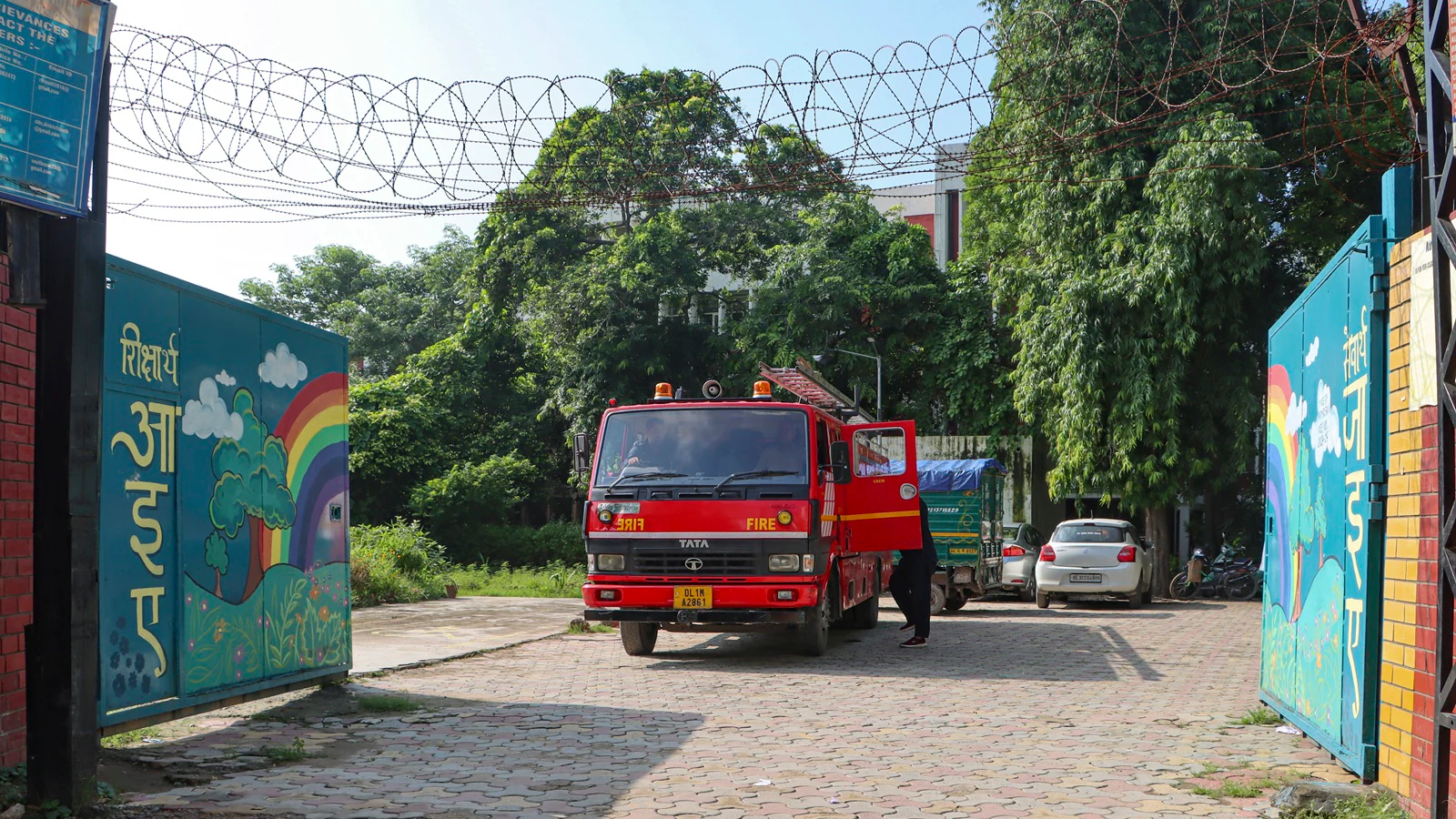
Why the Sudden Increase?
Several factors explain why Delhi schools are witnessing such a surge in bomb hoaxes:
-
Copycat Behaviour: The more such hoaxes are reported, the more likely others—especially mischievous children or pranksters—are to imitate them, believing they can escape detection. The frequency and media coverage of these threats inspire copycats.
-
Weak Cyber Literacy and Easy Access to Tools: VPNs, disposable email IDs, and encrypted communication platforms are easily accessible even to teenagers. The lack of cyber awareness among students—and sometimes even parents—makes it easier for children to misuse these tools.
-
Weak Deterrence: Very few cases have been solved or punished, which may be emboldening perpetrators. Most child culprits have only been counselled and released, while cybercriminals abroad remain untraceable.
-
Cryptocurrency Ransom and Extortion: Many threats demand payments in cryptocurrency, particularly Ethereum, making it harder to trace. The amounts vary—from $2,000 to $30,000. Cyber experts say such hoaxes mimic international ransomware tactics, where criminals use fear to extort money.
-
Social & Psychological Factors: For children, bomb threats may be a way to skip exams or gain attention. Cybercriminals are using low-cost ways to cause chaos. Both exploit the fear schools and parents naturally feel when children are threatened.
-
Global Cyber Influence: Such hoaxes are not unique to India. Schools in the US, UK, and Australia have faced similar waves. Global online forums and encrypted platforms make it easy for pranksters and cyber extortionists to exchange templates, tools, and methods.
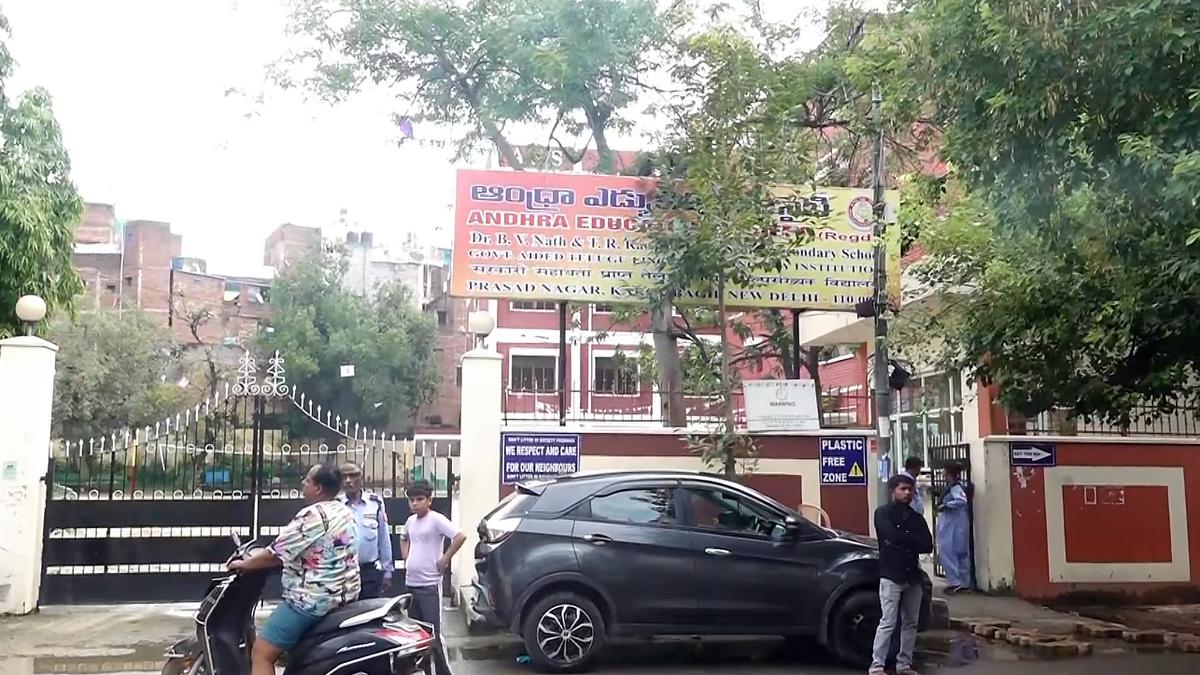
How Authorities Are Responding
Police and Cybercrime Investigations
-
Cyber cells track suspicious IDs and cryptocurrency wallets, though VPNs make this challenging.
-
Some cases have been cracked, especially when students used regular email IDs without VPNs.
School Safety Measures
Following Delhi High Court directions, the government has introduced new safety guidelines for schools:
-
Prevention: More CCTV cameras and stricter monitoring of school premises.
-
Preparedness: Regular evacuation drills and mock exercises.
-
Response: Clear emergency protocols, designated evacuation zones, and quick communication channels with parents.
-
Recovery: Counselling support for children, including those with disabilities, to help them process trauma. Each school must now submit monthly safety reports to district officials.
Counselling for Students
In cases where children were found responsible, police and schools opted for counselling over punishment, recognising the need for awareness rather than criminalisation.
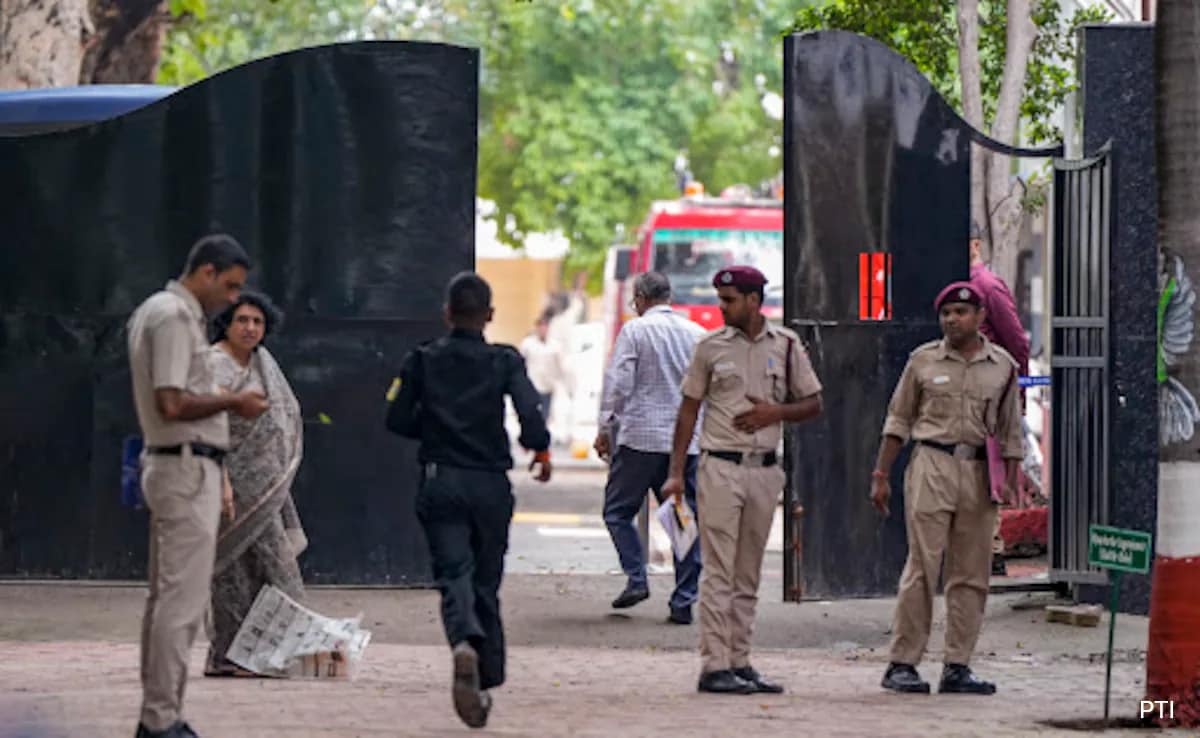
What More Needs to Be Done?
While these steps are important, experts suggest that India needs a multi-pronged strategy to stop the rising tide of hoaxes:
1. Strengthening Cybersecurity
-
Schools need IT monitoring systems to filter suspicious emails.
-
Collaboration between cybercrime units and international agencies can help trace cross-border hoaxers.
2. Awareness and Education for Students
Workshops on cyber ethics, responsible internet use, and consequences of cybercrimes should be made mandatory in schools. Children must be taught how misuse of technology—even as a prank—can create real dangers.
3. Parental Involvement
Parents should monitor children’s internet usage, educate them about online threats, and encourage open discussions about digital responsibility.
4. Swift Legal Consequences for Repeat Offenders
While minors may be counselled, organised cyber hoaxers must face strict legal action. Publicising convictions can act as a deterrent.
5. Technological Filters and AI Monitoring
Advanced AI tools can detect mass spam threats sent to hundreds of email IDs simultaneously. Schools and police can use such tools to flag suspicious emails early.
6. Community Preparedness
Parents, teachers, and residents must be part of safety drills. A community-aware response system reduces panic and ensures smoother evacuations.
Balancing Vigilance and Calm
The surge of bomb hoaxes in Delhi schools is more than just a nuisance—it is a serious social, psychological, and security challenge. While no real bombs have been found, the constant cycle of fear, evacuations, and investigations is taking a toll on children, parents, teachers, and law enforcement alike.
The reasons range from childish pranks to cyber extortion attempts, amplified by the anonymity technology offers and the lack of strict deterrence. The impact, however, is undeniably severe: disrupted education, strained emergency services, traumatised children, and a shaken sense of public safety.
Delhi’s response—new safety protocols, police vigilance, and cyber investigations—is a good start. But unless stronger cyber policing, legal deterrents, and public awareness measures are put in place, the city may continue to remain hostage to hoaxes.
After all, when it comes to children’s safety, even a hoax feels like a bomb waiting to go off.
With inputs from agencies
Image Source: Multiple agencies
© Copyright 2025. All Rights Reserved. Powered by Vygr Media.









